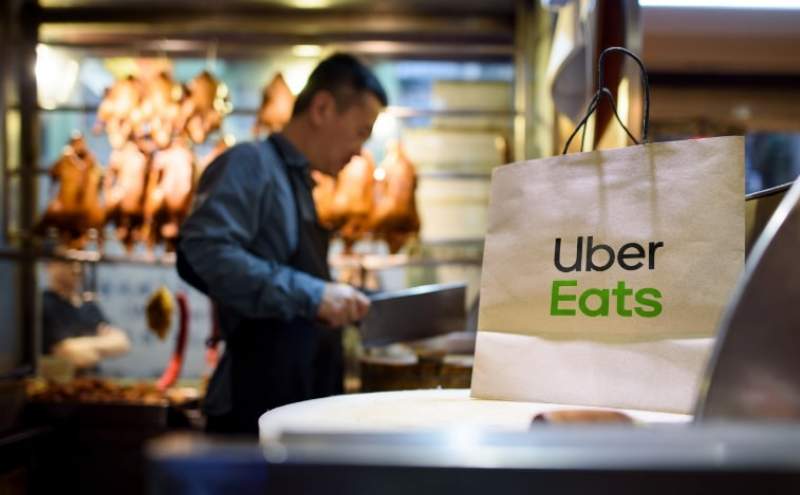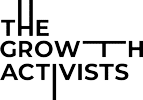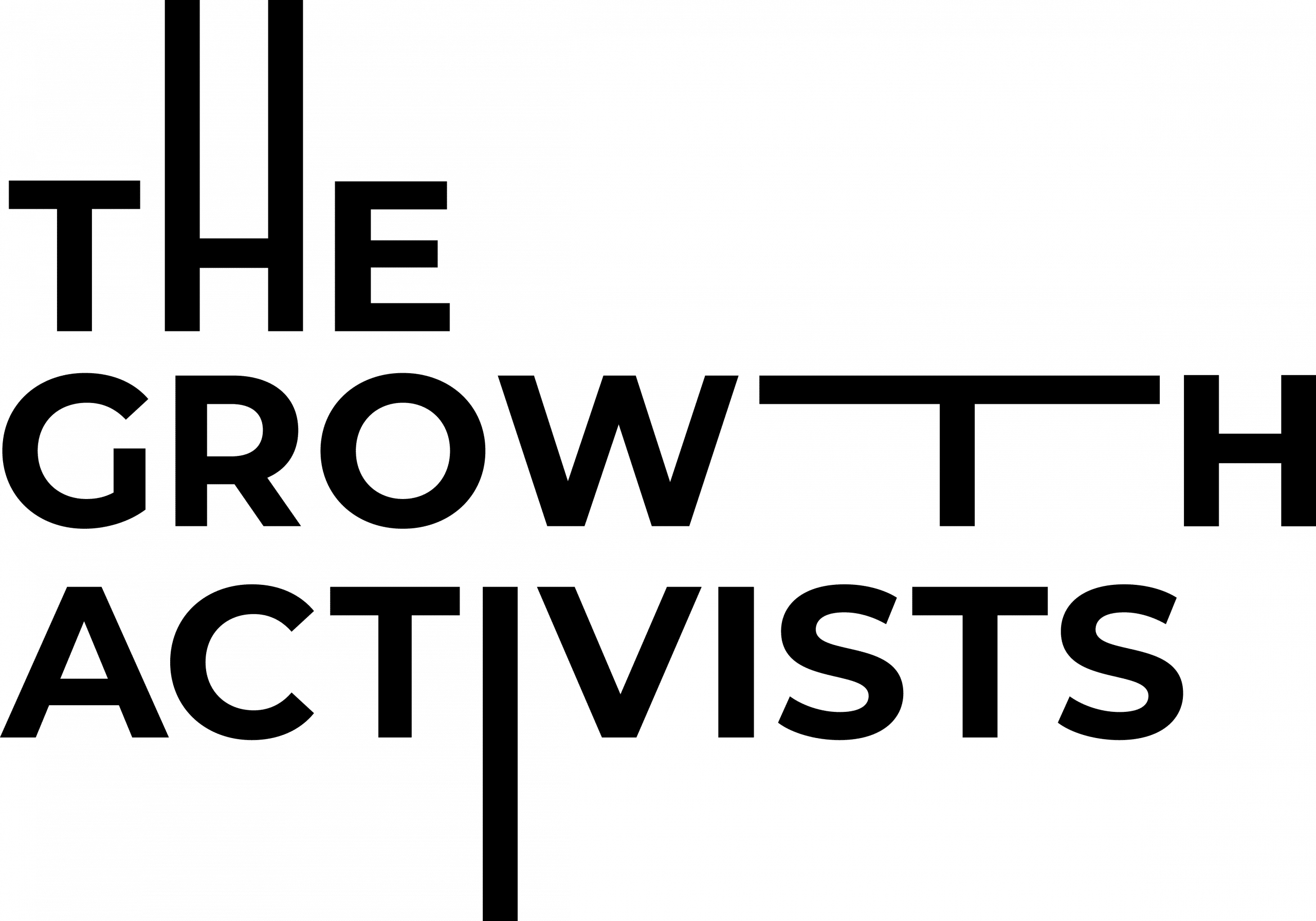5 Levers you can pull for explosive growth in your business
In a business environment obsessed with short-term business growth strategy, it’s easy to fall into the trap of focussing on tactics that produce the fast results, such as direct response digital marketing. But this approach distracts businesses from putting focus into other tactics that may have a slower delivery but are actually essential for building a sustainable long-term business. The key to balancing the long and short of it, for any CEO or board looking to deliver shareholder value, is to master the activation of the full suite of available growth strategy levers.
For the purposes of this article we are going to assume that growth means an increase in the overall value of a business to shareholders or private owners over a period of time.
”All brands are smaller than they want to be”
Byron Sharp
And we’ll explore a range of tactics B2B and B2C businesses can flex to generate longer term sustained brand growth:
5 Levers You Can Pull for Explosive Growth in Your Business
There are 5 levers you can use as part of a business growth strategy, to grow your business. The balance is between capability (people and culture) and budget (resources) as to the mix of the levers you use to hit growth goals.
- Geography – which markets you are in
- Channel – how you sell to consumers
- Customer – the types of customers you target
- Category – your product or service offering
- M&A – Mergers and Acquisition
Find out how your business can grow by applying the 5 Levers of Growth
1. Geography
All businesses market within particular regions and those areas of focus can range from international down to individual suburbs, depending on the scale of the organisation. Large FMCG brands like Coca-Cola sell in most countries of the world, telcos such as Optus or Telstra sell their services to people and businesses all around Australia while dentists have a hyper-local market with most of their customers coming from a few surrounding suburbs. Expanding outside the geography that businesses currently operate in is a fast way to grow their brands and acquire an entirely new set of customers previously outside their reach. To activate this lever of growth, companies should first test if there is demand in new geographic regions and if their existing product or service will have traction with customers there. Once a market opportunity is identified the cost of opening up that new region needs to be established so business leaders can decide if the investment is a viable one that will deliver a return. Moving into the massive Chinese market can be a very attractive proposition, but with high barriers to entry, it can be very expensive, and many businesses have tried and failed.
Done well, opening up new geographic markets can deliver fast customer acquisition and new brand growth.
2. Distribution Channel
For many businesses, the advent of digital in the early naughties provided new channels to reach customers. Previously limited to retail stores or face-to-face sales for B2B, companies were limited in the ways they could sell to customers.
With the rise in the always on customer it is important for businesses to make sure their product or service is easy to buy, by being just a click or walk away from wherever customers are. Always on and omnipresent is the name of the game to make sure customers spend their hard-earned with our brands rather than competitor brands.
To test this Growth Lever, organisations need to make sure they have recent customer research that addresses the question of where potential customers want to be able to purchase (what they say they will do) and where they might purchase (what channels they are active in). If customer behaviour insights identify channels that may drive additional sales with existing customers, or acquire new customers entirely, then the business should activate these new distribution channels as soon as feasible. Some of the distribution channels available include;
- Two-sided Marketplaces – B2C platforms like ebay and Amazon and B2B platforms like Alibaba and Joor
- Three-sided Marketplaces – platforms like Deliveroo where they connect three parties: customers, restaurants and delivery riders
- Physical Retail – traditional brick & mortar
- Automated Retail – self-service kiosks and stores like AmazonGo
- Ecommerce – direct to customer online sales
- Social Media Shopping – growing quickly on Instagram and Facebook
- Wholesale – establishing a reseller network
- White Label Sales – allowing resellers to rebrand your product
- Value Added Resellers – working with resellers who might install or customise your software
- Personal Selling – face-to-face sales
- Sales Outsourcing – using a third party to sell
- Multi-Level Marketing – the model whereby independent contractors or distributors also make money by recruiting other contractors to sell
3. Customer
Customer retention is vital for business survival and stability, but new customer acquisition is the best way to drive growth. This can be through marketing and advertising that ensures the brand is front and centre when target customers are considering purchasing. But more importantly, using this Growth Lever means finding new customers outside of existing target customers and then targeting them with marketing and advertising to put a brand on their consideration set. Once the existing target market opportunity has been filled, acquiring more customers within that group will have a high CPA (Cost Per Acquisition). A high CPA can be an indicator to look elsewhere to find new customers to the buying category. By widening the top of the funnel with more prospects, the customer base can be expanded, and revenue grown. Finding different customers to the product or category means a larger prospective market. This could include targeting a different demographic with similar drivers to a business’ customer, particularly if they risk saturation with their core customer. A recent example is when Nike moved into eSports and began targeting the gamer who is similarly performance-driven to Nike’s core customer, albeit in a different activity.
4. Category or product
By stretching the boundaries of a category or introducing a new product or service, businesses can expand what they can sell to an existing market. Pulling this lever means maximising the sales to an existing pool of customers by giving them more purchase opportunities from a brand they have already purchased from. Uber expanded out of its P2P taxi service into food delivery.

5. M&A
Mergers and Acquisitions are a very effective way for businesses of any size to grow rapidly, but risk needs to be carefully managed by ensuring any acquisitions are aligned strategically and carefully planned and any debt taken on can be serviced. Growth can be driven out of M&A’s in a number of ways – the acquisition may accelerate market access for products, it might exploit a business’s scalability or it might enable the acquisition of skills or technologies at a faster rate than they can be built. Apple’s acquisition of Beats Electronics allowed Apple to quickly get into the fast-growing streaming business whilst the iTune’s model was in planned decline.
A successful business growth strategy will use a combination of these 5 levers. The mix of which ones, and to what extent each is pulled is dependent on the ambition, strategy and appetite a business has for rapid growth. What is key is that each lever is evaluated, and that an in depth understanding is established of the required cost versus return for each, particularly against both short and longer term objectives.
Lastly, to truly drive sustainable mid- and long-term growth, businesses have another even more powerful tool at their disposal. Growing evidence from around the world suggests that this apart from above all else will drive the most sustainable growth for brands. By defining, instilling and championing an organisational purpose, businesses not only focus on the Levers of Growth through a longer term lens, they unlock additional creativity in employees, it they retain and attract the best people, and it makes their brands more meaningful and attractive to customers in the battle for market share.
To discover an even more powerful way to grow business, explore the power of Organisational Purpose in this article.
Find out how your business can grow by applying the 5 Levers of Growth




